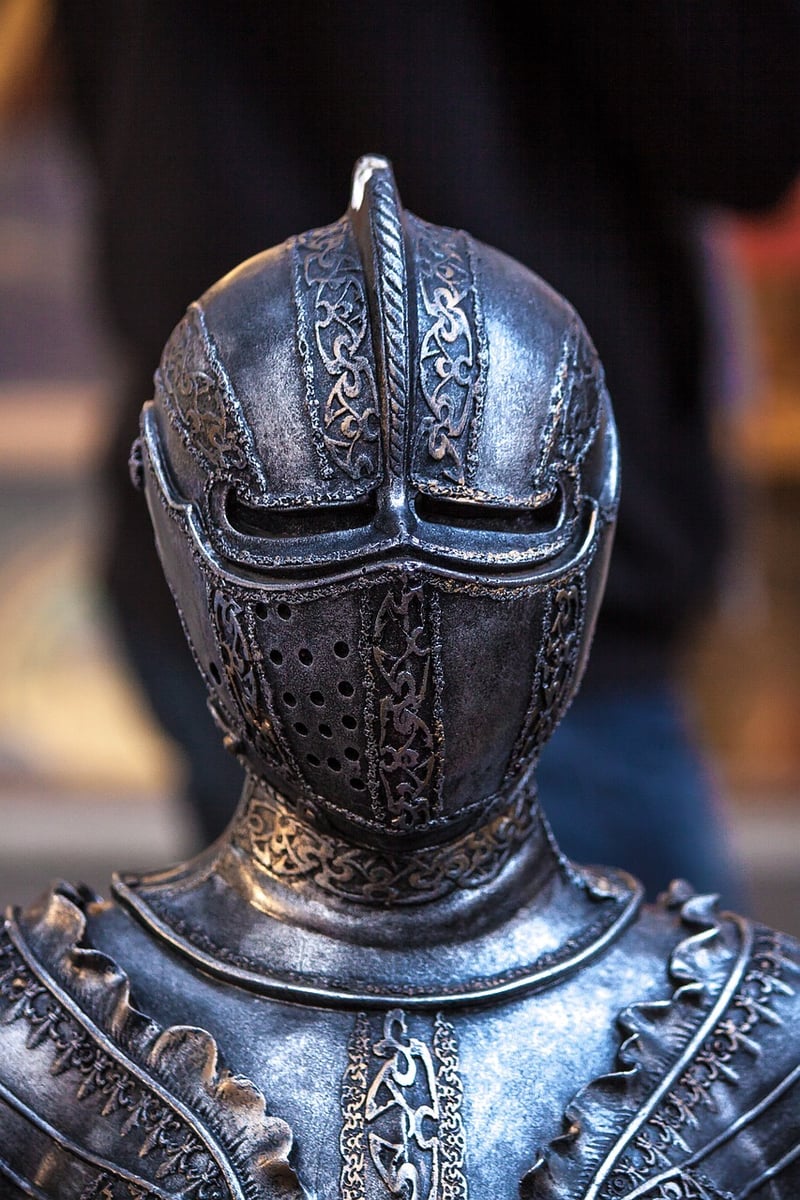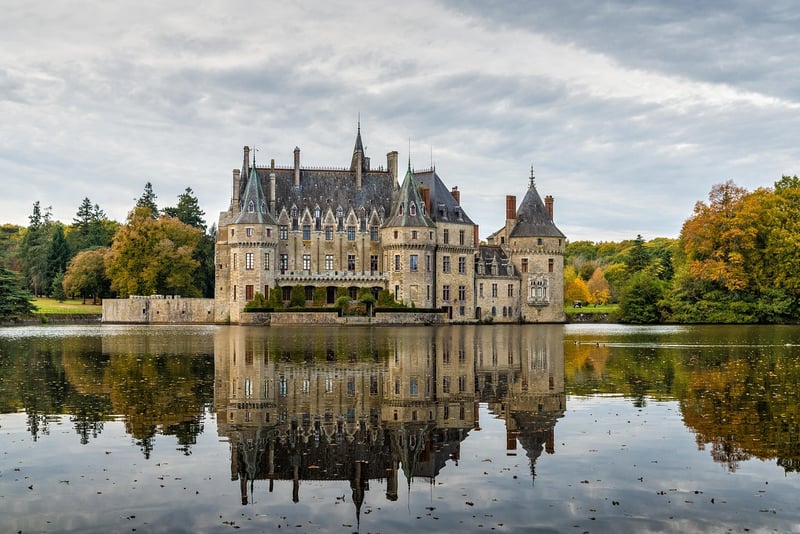Medieval Times
Exploring Historical Periods: Medieval Times

Medieval Times, also known as the Middle Ages, spanned roughly from the 5th to the 15th century, characterized by significant social, political, and cultural developments. This period was marked by feudalism, knights, castles, and epic battles that shaped the course of history.
The Early Middle Ages (5th-10th century)
Following the fall of the Western Roman Empire, Europe entered a period of decentralization and instability. The rise of feudalism, where land was exchanged for military service, dominated the socio-political landscape. Charlemagne, the Frankish king, played a crucial role in uniting Western Europe during this era.
The High Middle Ages (11th-13th century)
This period witnessed the emergence of powerful kingdoms and the construction of magnificent cathedrals like Notre Dame. The Crusades, a series of religious wars fought between Christians and Muslims, also took place during this time, shaping cultural interactions and trade routes.

The Late Middle Ages (14th-15th century)
The Late Middle Ages were marked by significant events such as the Black Death, a devastating pandemic that decimated the population. The Hundred Years' War between England and France, as well as the rise of the Ottoman Empire, were pivotal events that shaped the end of the medieval era.
Legacy of Medieval Times
- The development of Gothic architecture
- The establishment of universities
- The codification of laws like the Magna Carta
- The enduring influence of chivalry and courtly love
Exploring Medieval Times provides a glimpse into a tumultuous yet fascinating period that laid the foundation for the modern world. From knights in shining armor to majestic castles, this era continues to captivate our imagination and shape our understanding of history.
For more information on medieval history, visit History.com.
